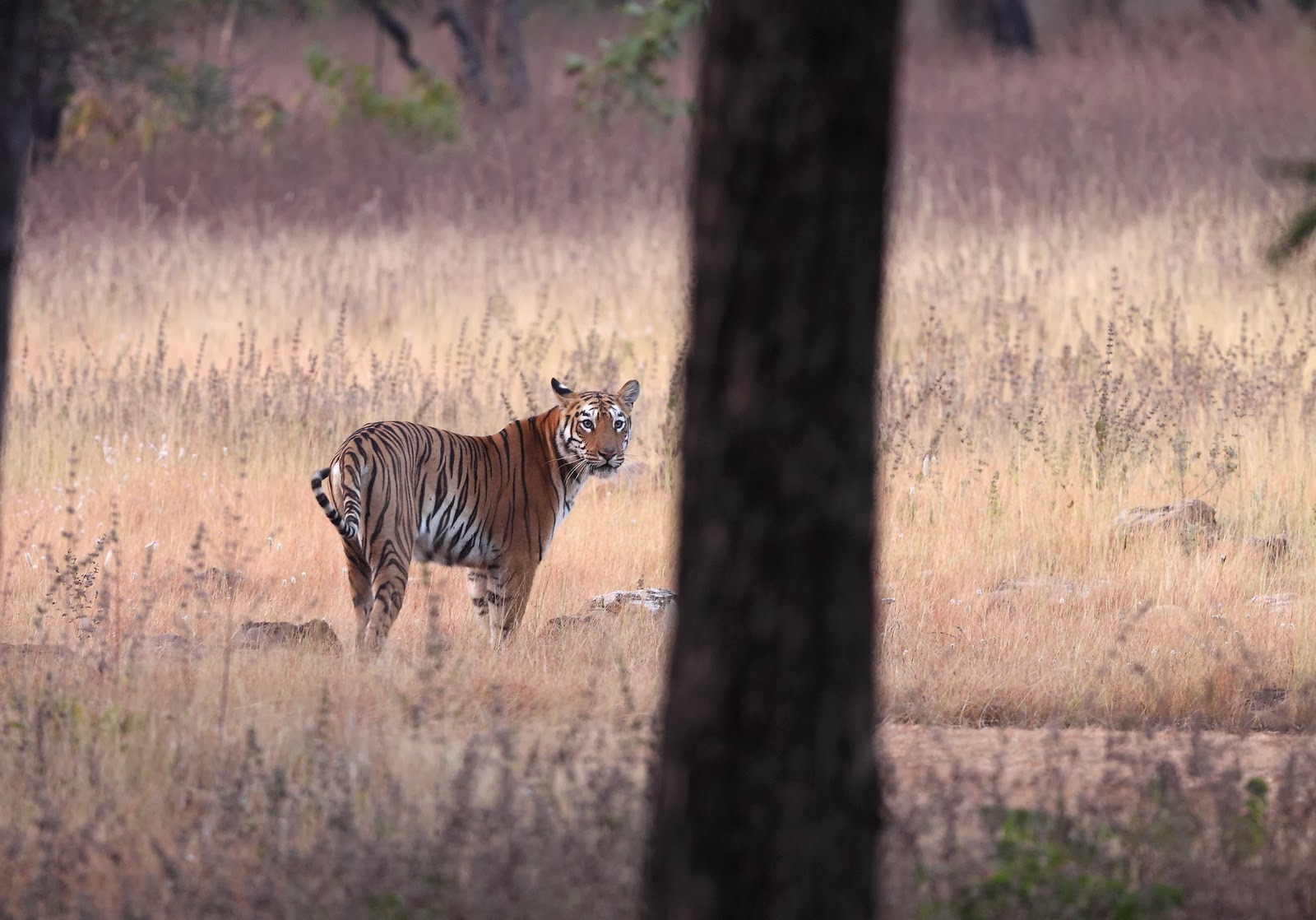I write this when my book,"The Tigress of Achanakmar and other Jungle Tales", is due for release sometime this month. The book is about true real life incidents of man-wildlife encounters.The publisher is a traditional one. Though not a big name, he is business like and welcomes newcomers, on merits, to the world of publishing which,in India and in my experience, is dotted with three varieties namely, the genuine, the arrogant and lastly the devious. I have had the experience of dealing with all of them and that is what I am here to share you with.
The first category, the genuine,are the real professional ones. They reply to you promptly informing about their decision on your manuscript. They do not require any reminder or follow up from you.
The second category, the arrogant, are real arrogant in true sense. They inform you beforehand that in order to publish with them, you need to be a celebrity or to have a past record of publications from so and so elite publication houses. They make you realize that, in absence of their set qualifiers,you matter a little to them and hence can't be permitted to waste their time. They are the high flyers of the trade with a hot head and a matching language.
It is the third category, the devious,which are the most interesting. They wear a double cloak, of a traditional publisher as well as that of a vanity one. In order to sound genuine, they send you a preliminary letter of intent sometimes after MS submission. You are very happy but not for long as they tell you that they are deluged with manuscripts and if the choice is made for the traditional one, the waiting period may stretch to infinity. However to expedite the book, you may partner with them by sharing the production and marketing costs. You fall for the bait if you are desperate after successive rejections and eager to see your maiden book soon in the market.
Vanity and "print on demand" publishing in India are advertised a lot now days. But it is full of unscrupulous players who make a fast buck on authors cost. They sell multi tier plans with promise to make your book a real success.Do not ever fall to these kind of promise.Your book may not see the market at all and your happiness may be confined to the few complimentary copies which you may receive from them.
After many rejections I also tried a vanity publisher which happens to be a wing of a very reputed publishing house. But soon I realized that they are most unscrupulous and their practices blatantly unfair bordering to cheating.
My advice to new authors is not to get dejected by rejections and keep approaching as many publishers as one can. It is time taking but the good ones exist and you may find one.
Best of Luck.
The first category, the genuine,are the real professional ones. They reply to you promptly informing about their decision on your manuscript. They do not require any reminder or follow up from you.
The second category, the arrogant, are real arrogant in true sense. They inform you beforehand that in order to publish with them, you need to be a celebrity or to have a past record of publications from so and so elite publication houses. They make you realize that, in absence of their set qualifiers,you matter a little to them and hence can't be permitted to waste their time. They are the high flyers of the trade with a hot head and a matching language.
It is the third category, the devious,which are the most interesting. They wear a double cloak, of a traditional publisher as well as that of a vanity one. In order to sound genuine, they send you a preliminary letter of intent sometimes after MS submission. You are very happy but not for long as they tell you that they are deluged with manuscripts and if the choice is made for the traditional one, the waiting period may stretch to infinity. However to expedite the book, you may partner with them by sharing the production and marketing costs. You fall for the bait if you are desperate after successive rejections and eager to see your maiden book soon in the market.
Vanity and "print on demand" publishing in India are advertised a lot now days. But it is full of unscrupulous players who make a fast buck on authors cost. They sell multi tier plans with promise to make your book a real success.Do not ever fall to these kind of promise.Your book may not see the market at all and your happiness may be confined to the few complimentary copies which you may receive from them.
After many rejections I also tried a vanity publisher which happens to be a wing of a very reputed publishing house. But soon I realized that they are most unscrupulous and their practices blatantly unfair bordering to cheating.
My advice to new authors is not to get dejected by rejections and keep approaching as many publishers as one can. It is time taking but the good ones exist and you may find one.
Best of Luck.








